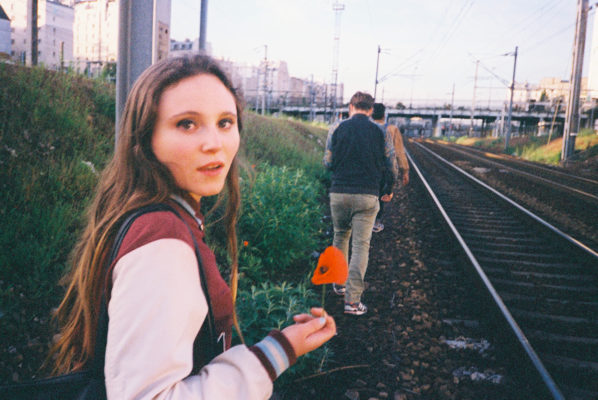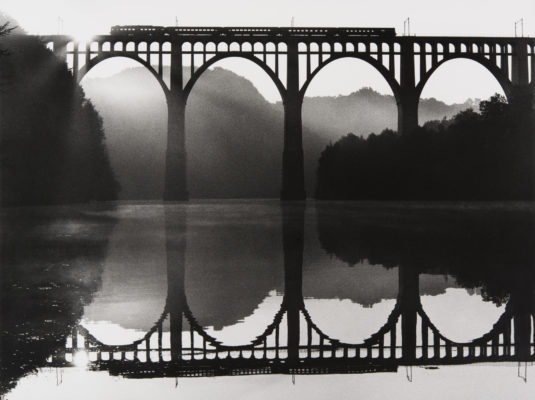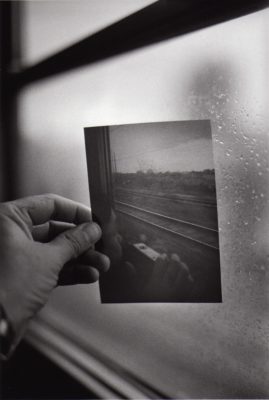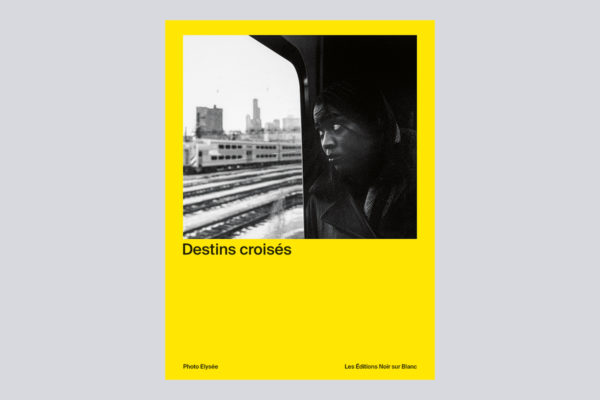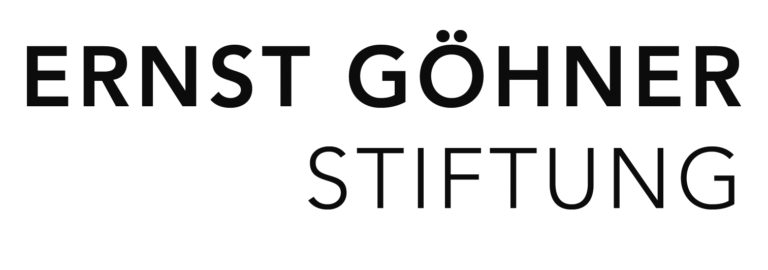Train Zug Treno Tren
Within the framework of the inaugural event Train Zug Treno Tren, the exhibition organized by Photo Elysée, Crossing Lines, explores new approaches to railway history for over more than a century and a half, from the earliest train experiences in the 19th century to its uses today.
Our exhibition first examines the interplay between the expansion of the railroad, the advent of the cinema and the creative endeavors of the artistic and literary avant-garde artists of the first half of the 20th century. It then gradually unfolds from room to room, revealing the breadth of the world of the train as it transports visitors over tracks, tunnels, bridges and stations in Switzerland and beyond. Here they will discover emblematic places such as Saint-Lazare and the Pont de l'Europe in Paris, as well as the El lines in New York; they will be exposed to the complexity of the social relationships specific to stations, trains and railway cars; they will follow the struggles and battles of those who worked for the railways; and, finally, they will explore new points of view through other forms of travel and innovative modern uses.
Composed of nearly 370 works, documents and objects, our jam-packed exhibition develops along three “routes” and 15 themes or "stations". The first “route”, running from the 19th to the early 20th century, consists of visions, utopias and the spirit of conquest. The second is devoted to the first functions of the railroad - from learning how to use it to one’s advantage, to the melancholy associated with the journey itself, while focusing on the different forms of sociability within the train station and the railway car. Between fascination, inspiration and interrogation, certain dimensions specific to the railway universe constitute the third: the faces of those who worked there during the darkest hours of its history, the astonishing peculiarities of trains from other horizons, and alternative contemporary practices.
The show creates a dialogue between photography (Ella Maillart, Sabine Weiss, René Burri, Henri Cartier-Bresson, Martine Franck, Jean Mohr, and Bernard Plossu), film (the Lumière brothers, Georges Méliès, and Charlie Chaplin), painting and drawing (Gustave Caillebotte, Paul Klee, Aloïse Corbaz, Pablo Picasso, and Andy Warhol), and literature (Blaise Cendrars).
Exhibition views
A joint exhibition
The exhibition Crossing Lines is part of the inaugural event Train Zug Treno Tren, which is shared by the three museums of Plateforme 10.
Presented from June 18 to September 25, 2022, the three exhibitions, conceived by each of the museums of Plateforme 10, enrich the metaphor of this railway history by paying homage to the former vocation of the site in the immediate vicinity of Lausanne station, a stopover for the mythical Venice-Simplon-Orient-Express.
Favoring the crossing of views, the three exhibitions free themselves from any literal or strictly chronological approach. Transdisciplinary, they prefer instead to cross their subject from one side to the other, symbolizing in a subtle mixture of identity strength and versatility the genesis of this unique platform that is the arts district of Lausanne.
At the mudac
"Let's meet at the station" at the mudac
The mudac focuses on the idea of the encounter and the roman de gare (the pulp novel but literally in French the “train station novel”), placing the individual at the heart of its exhibition. An essential place for reunions, departures and chance encounters, the station and the train are living spaces conducive to the imagination.
At the MCBA
"The Imagery of Trains" at the Musée Cantonal des Beaux-Arts
With more than 60 masterpieces from Edward Hopper to Paul Delvaux and Leonor Fini, The Imagery of Trains takes us on an epic railway journey.
Curation
Chief Curators
Bernard Fibicher, Director, Musée Cantonal des Beaux-Arts
Tatyana Franck, Director, Photo Elysée (until end of January 2022)
Chantal Prod’Hom, Director, mudac
Exhibitions curation
Marco Costantini, Deputy Director, mudac
Marc Donnadieu, Curator in Chief, Photo Elysée
Camille Lévêque-Claudet, Curator, Musée Cantonal des Beaux-Arts
